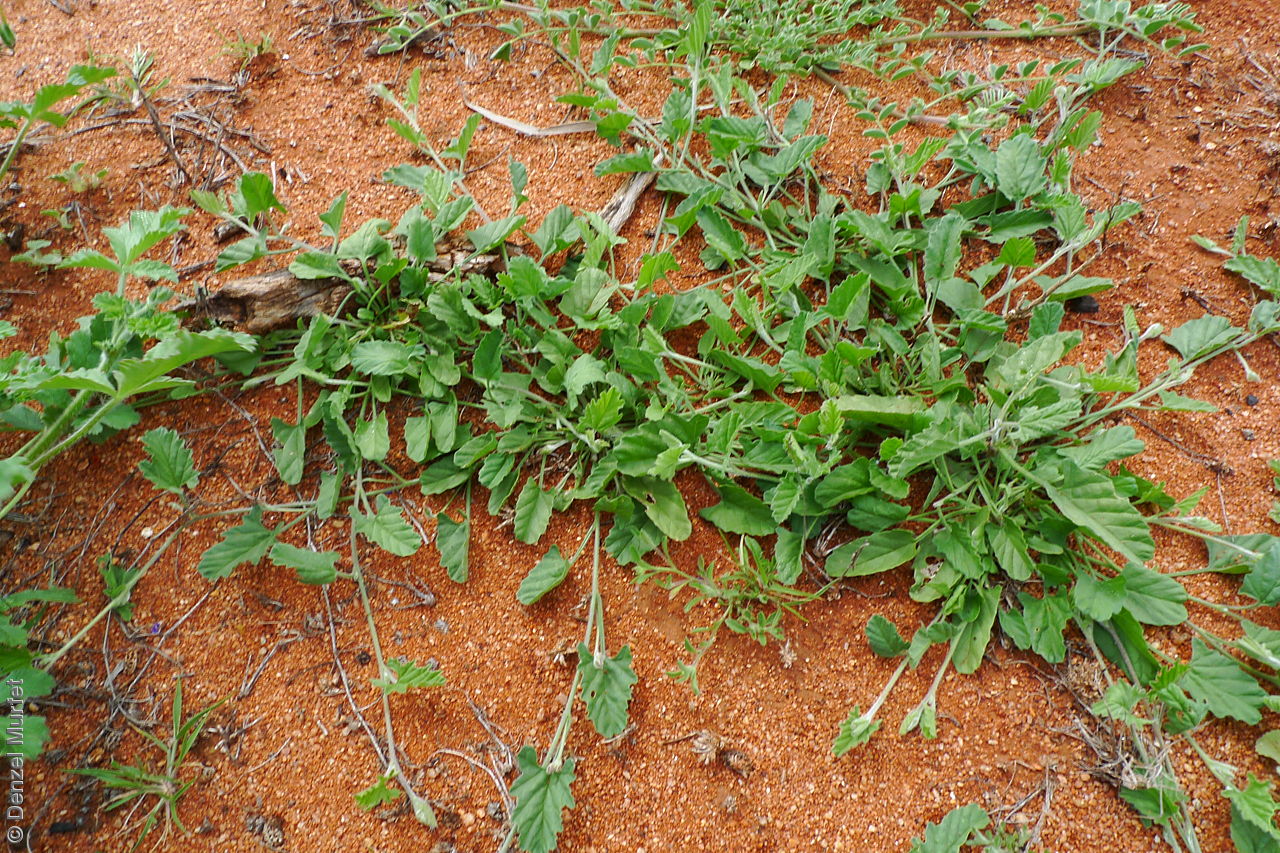
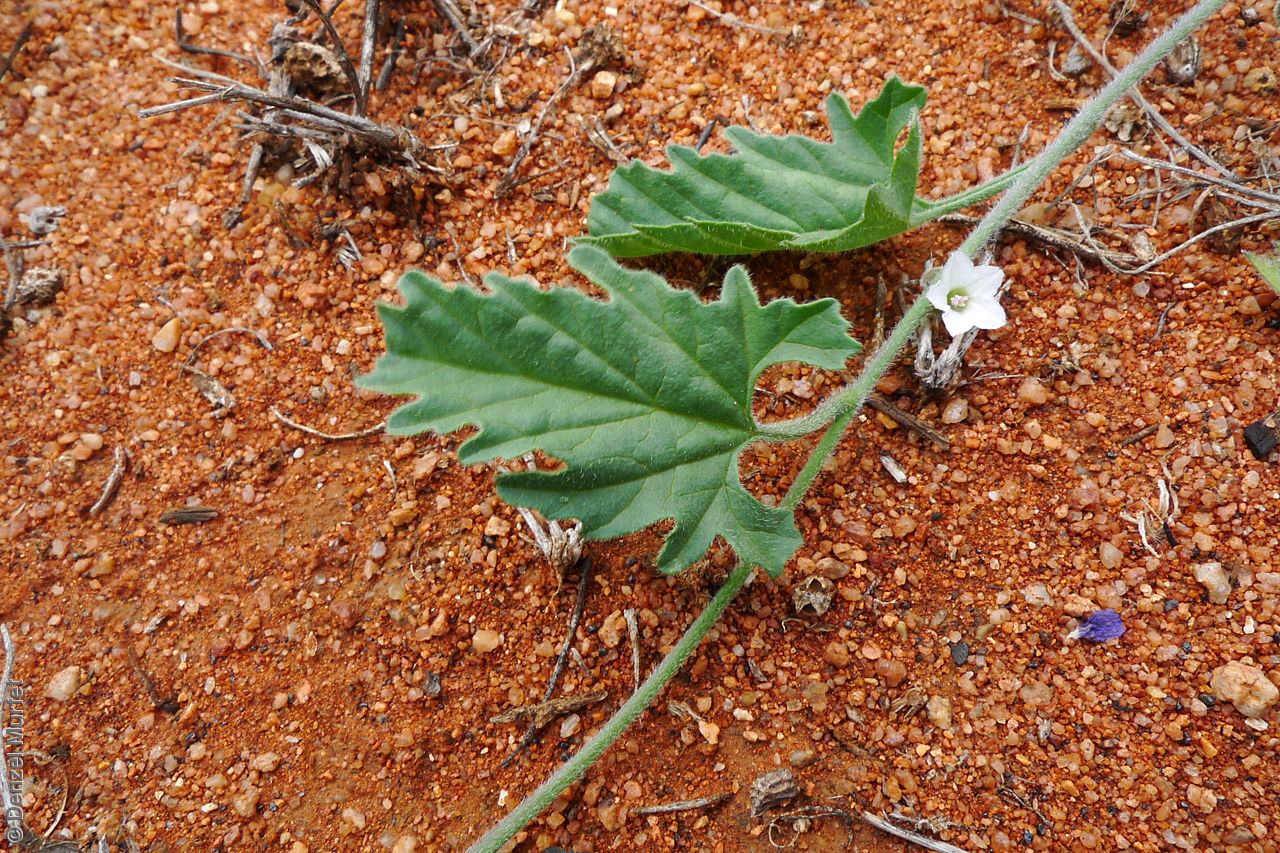
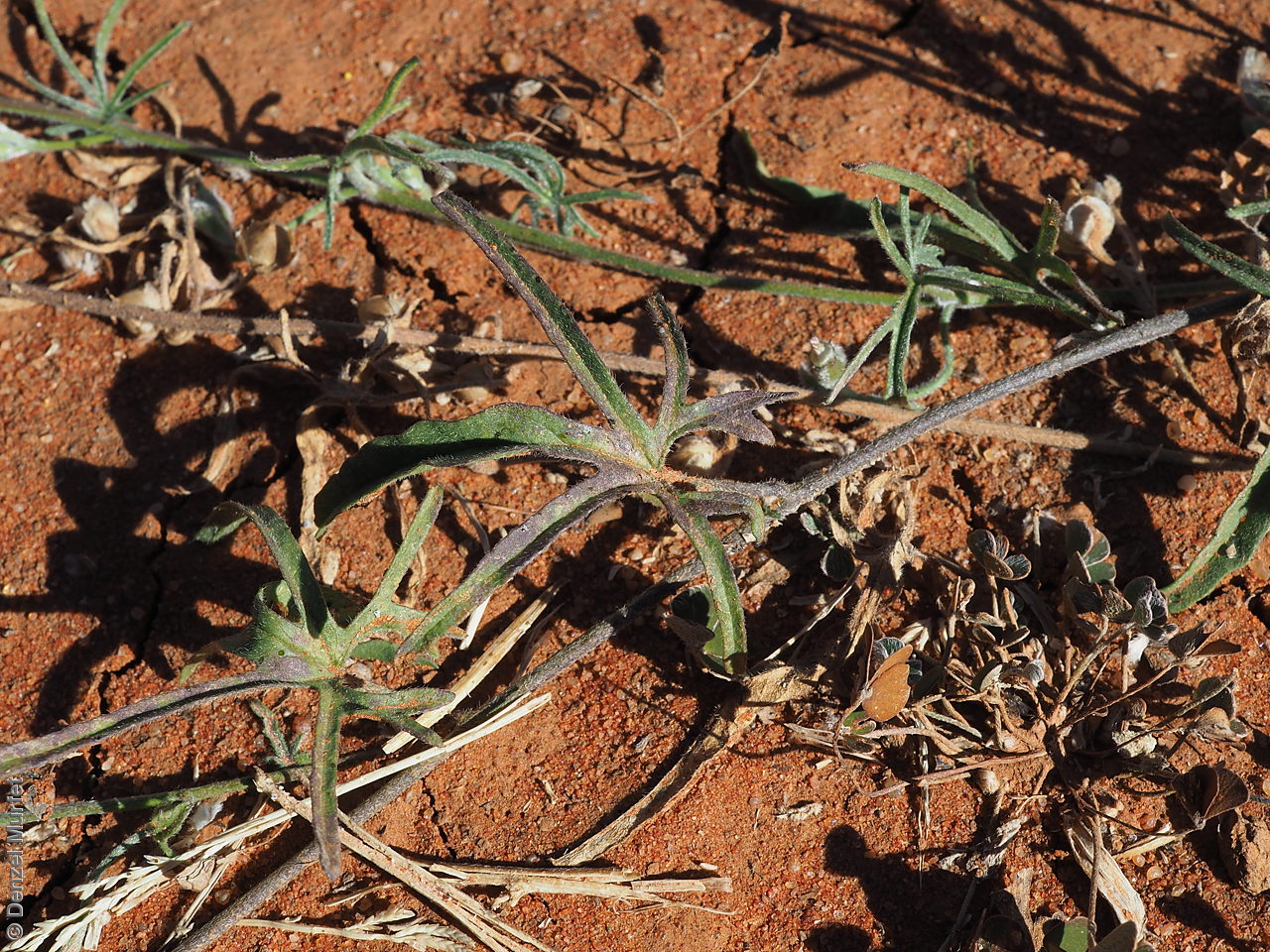
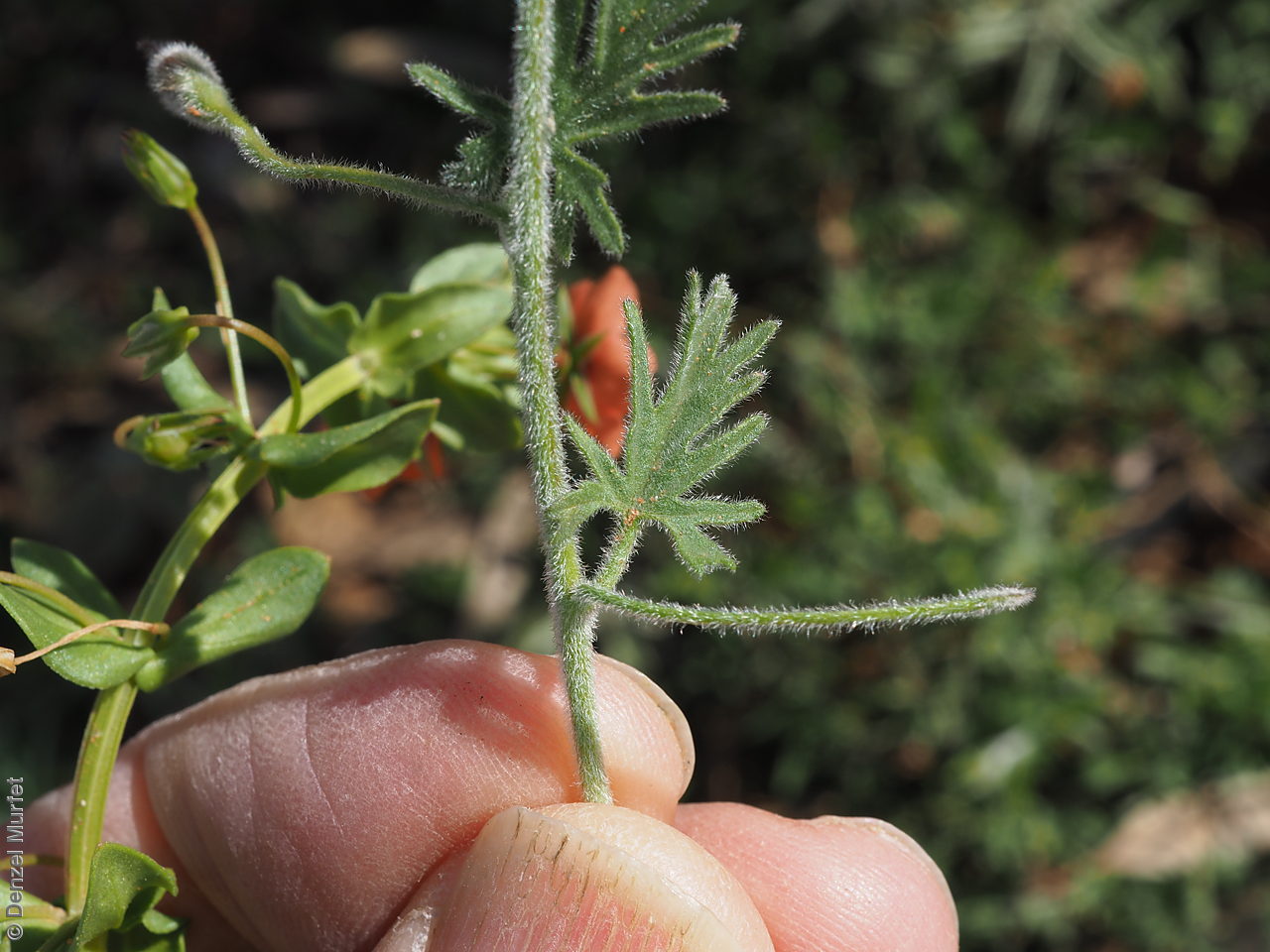
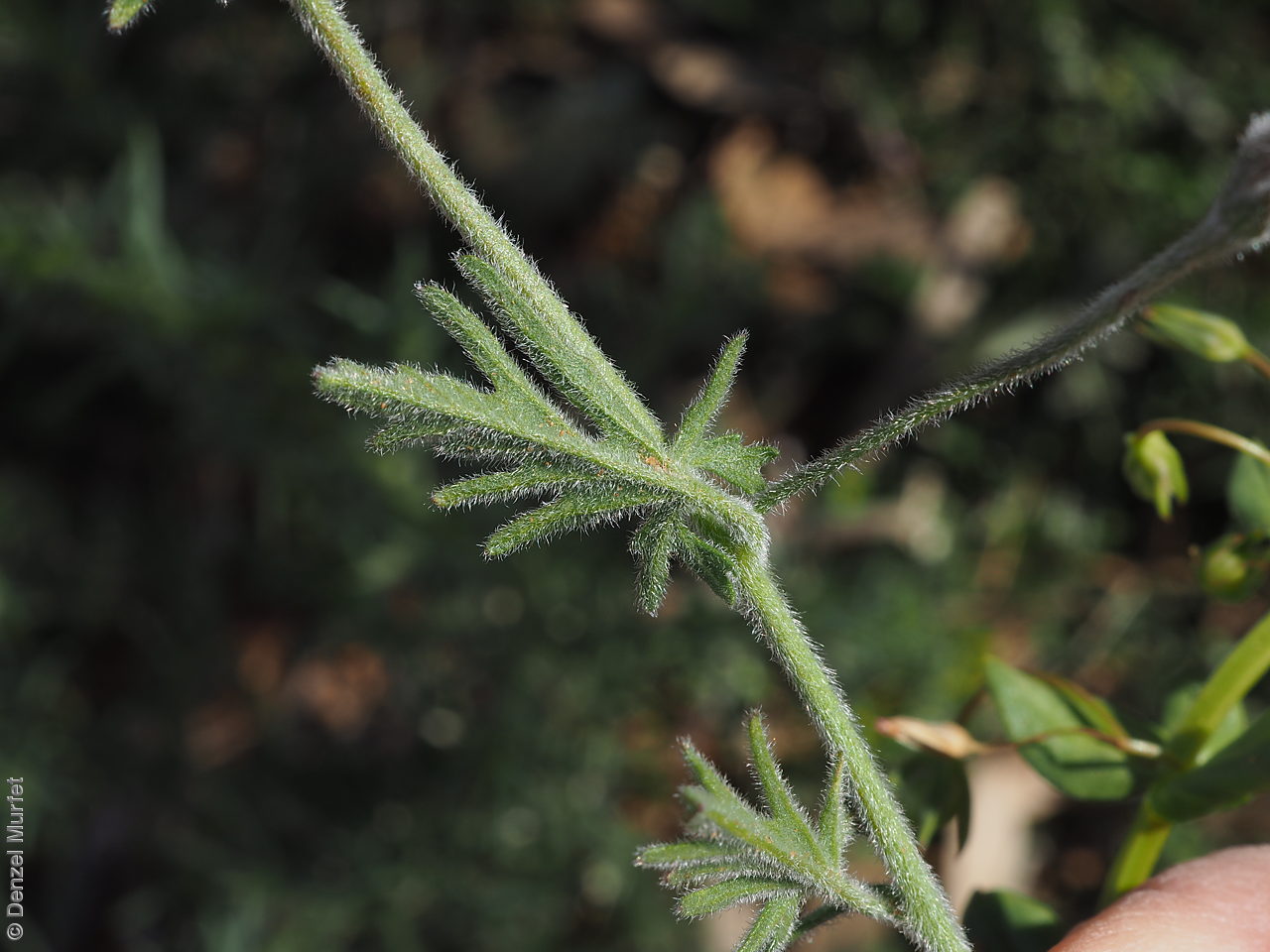
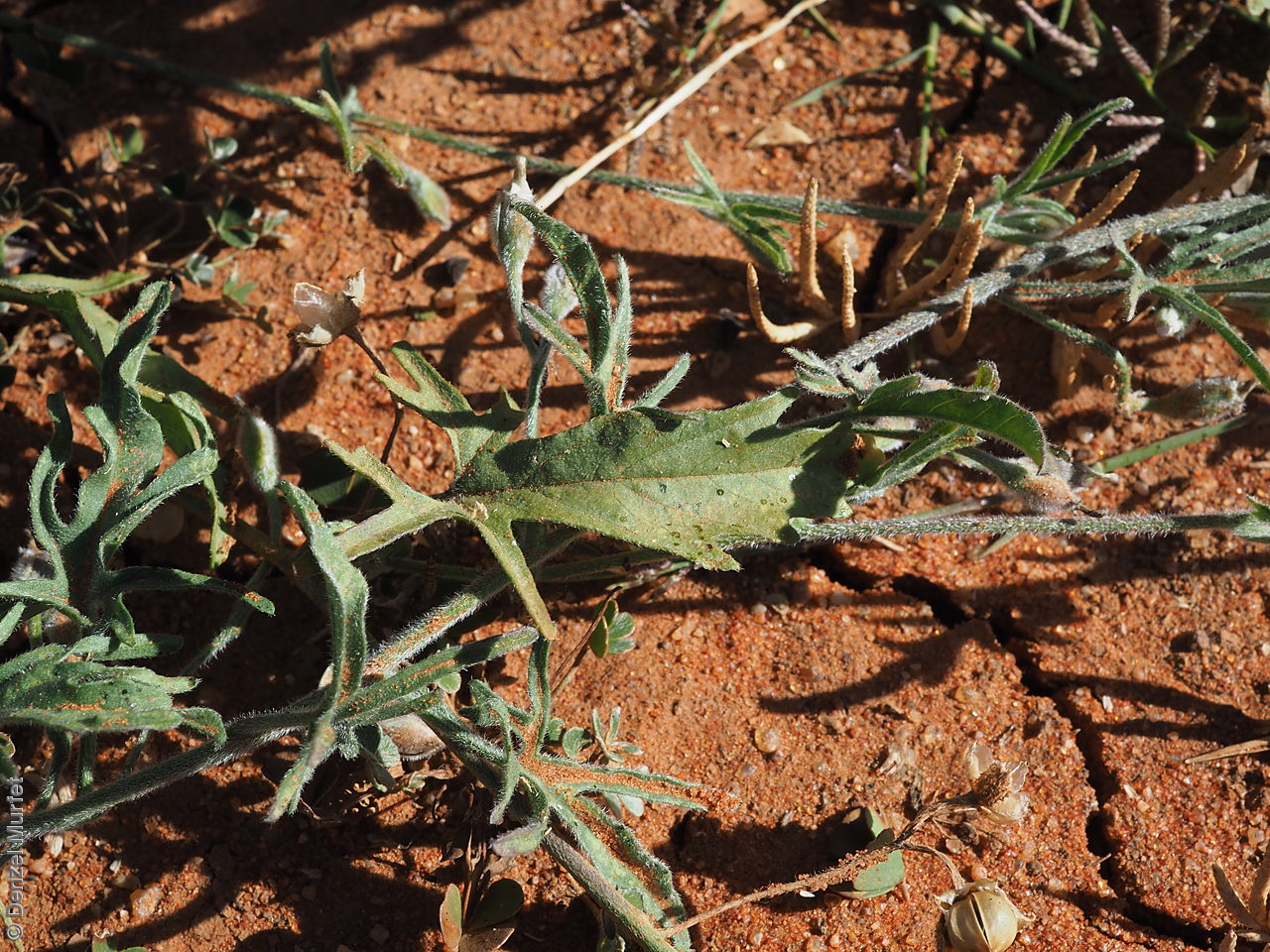
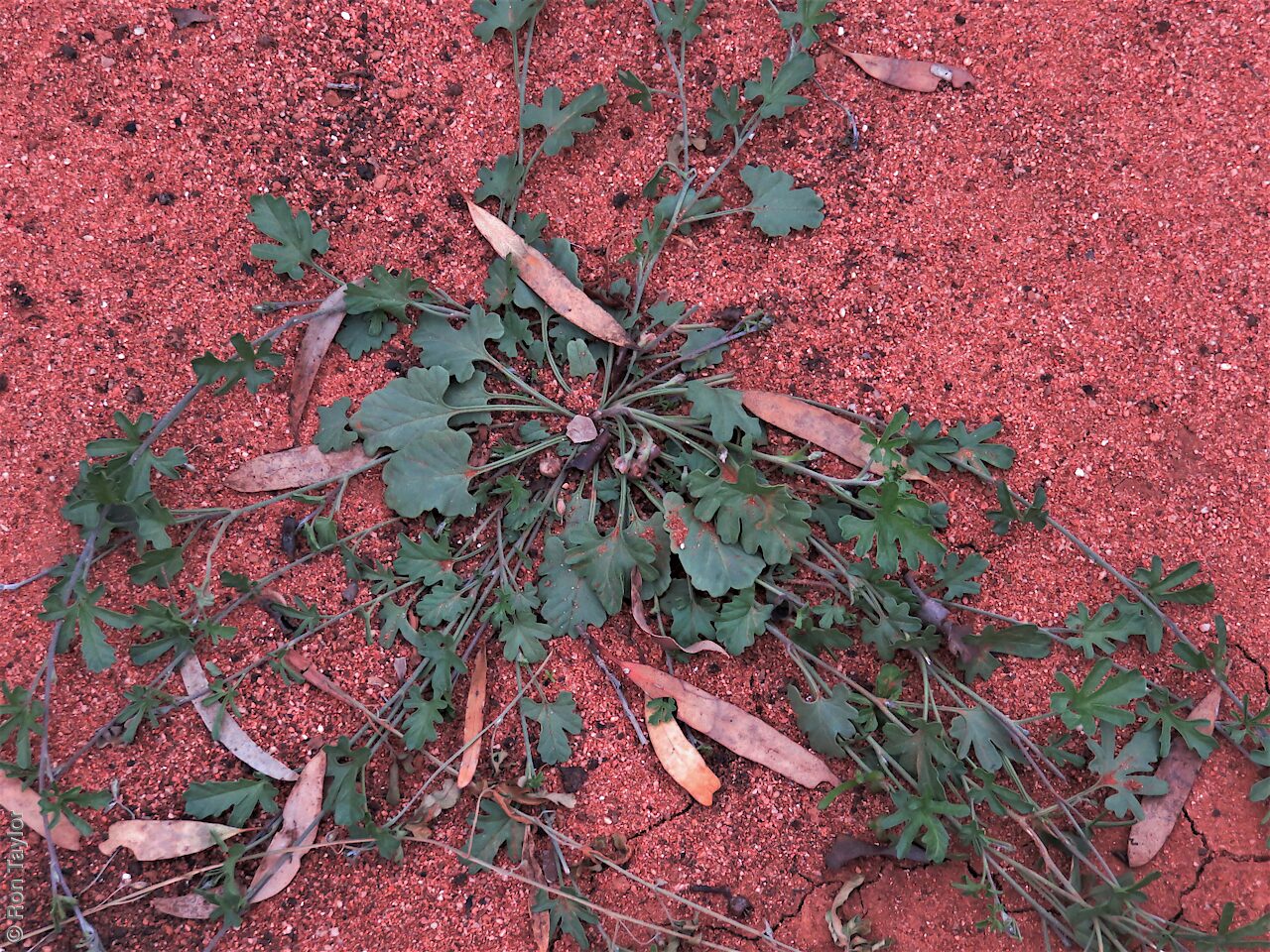
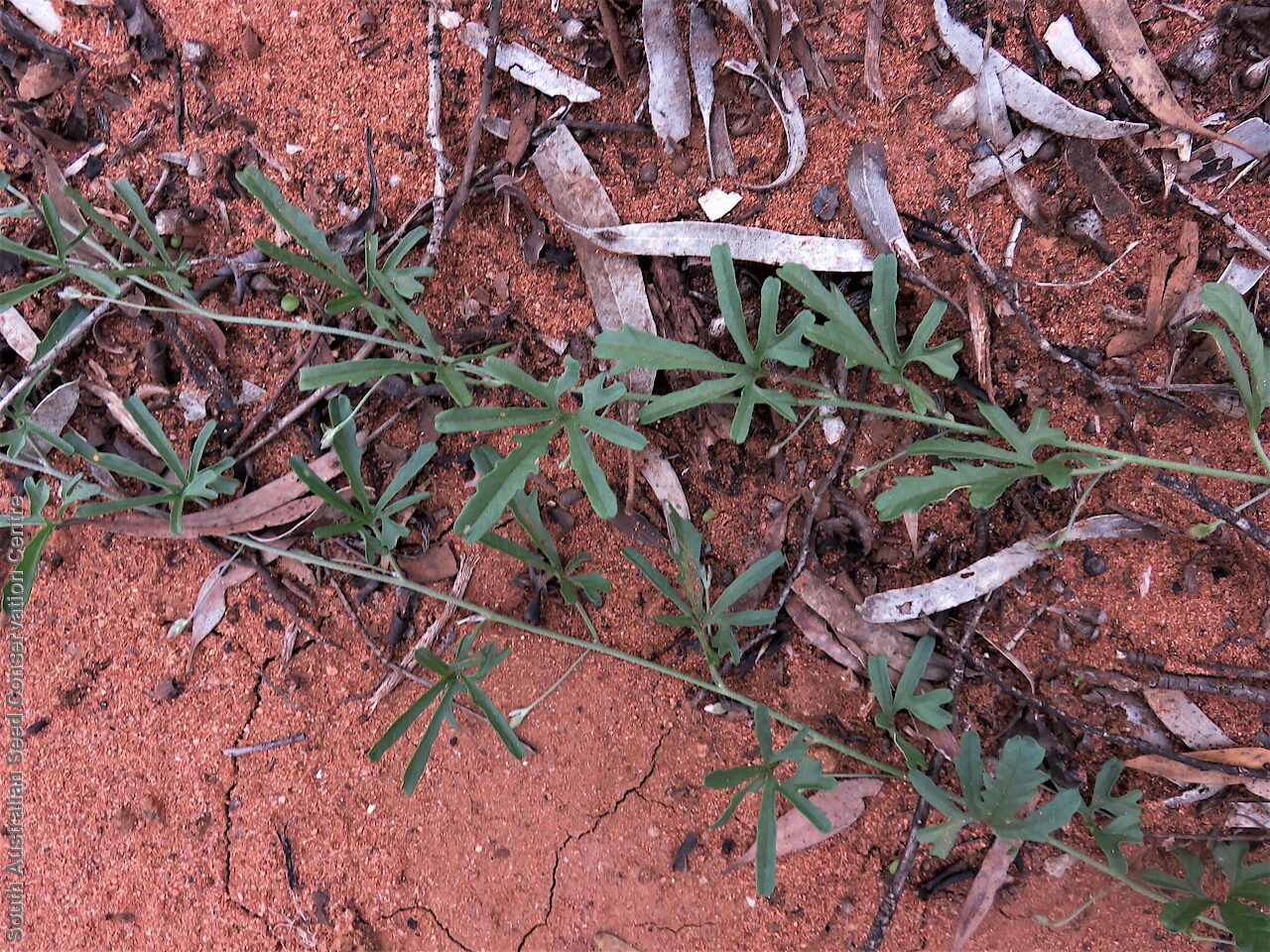
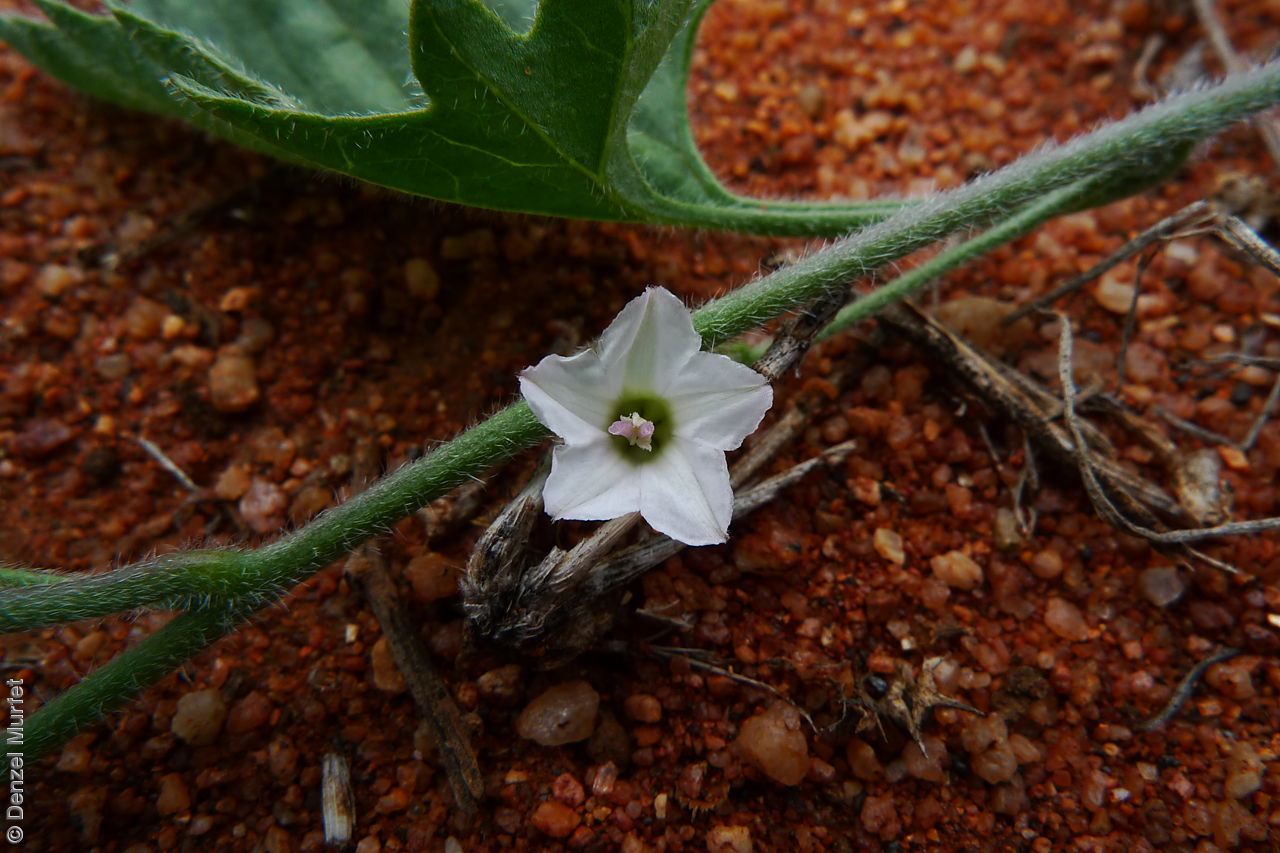
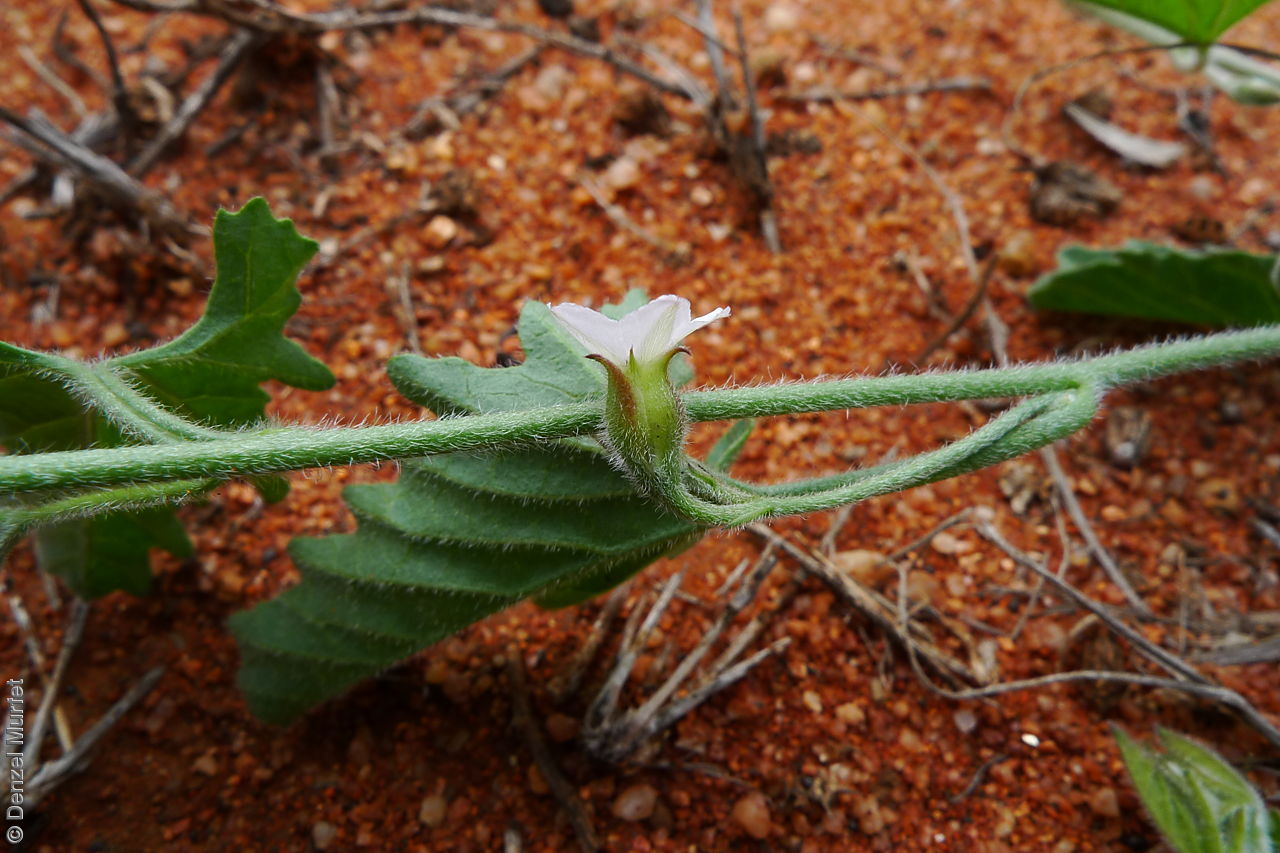

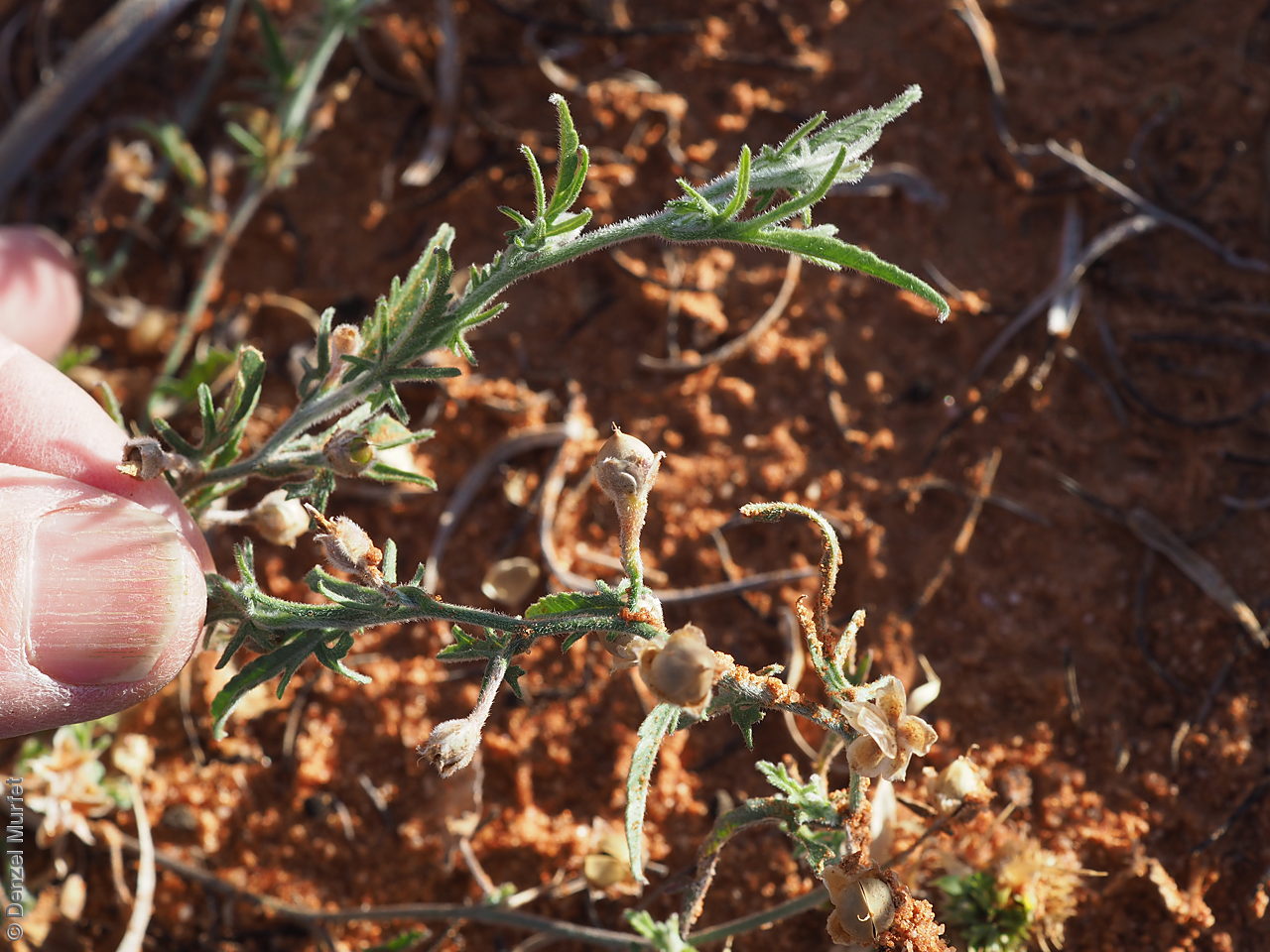
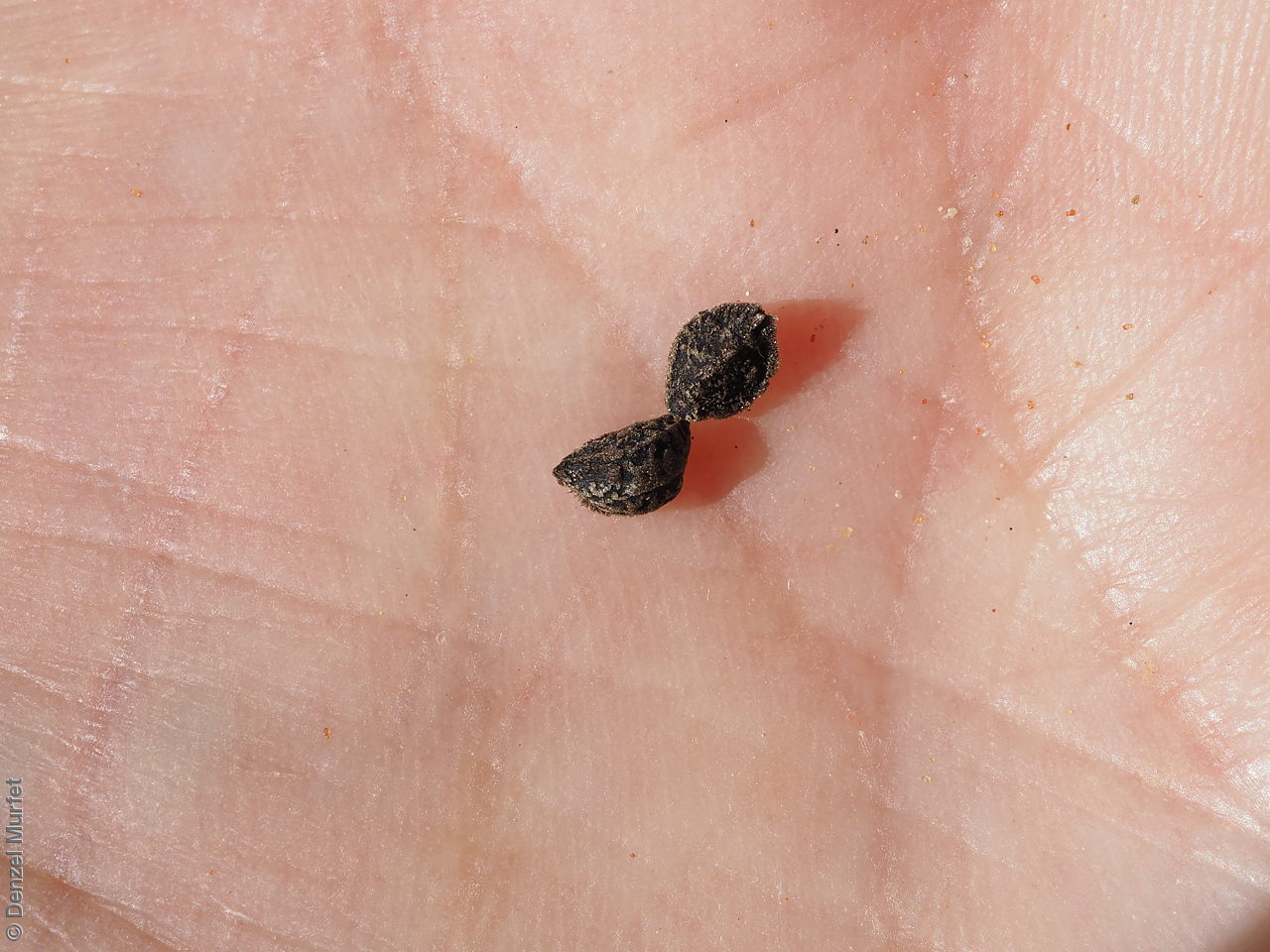

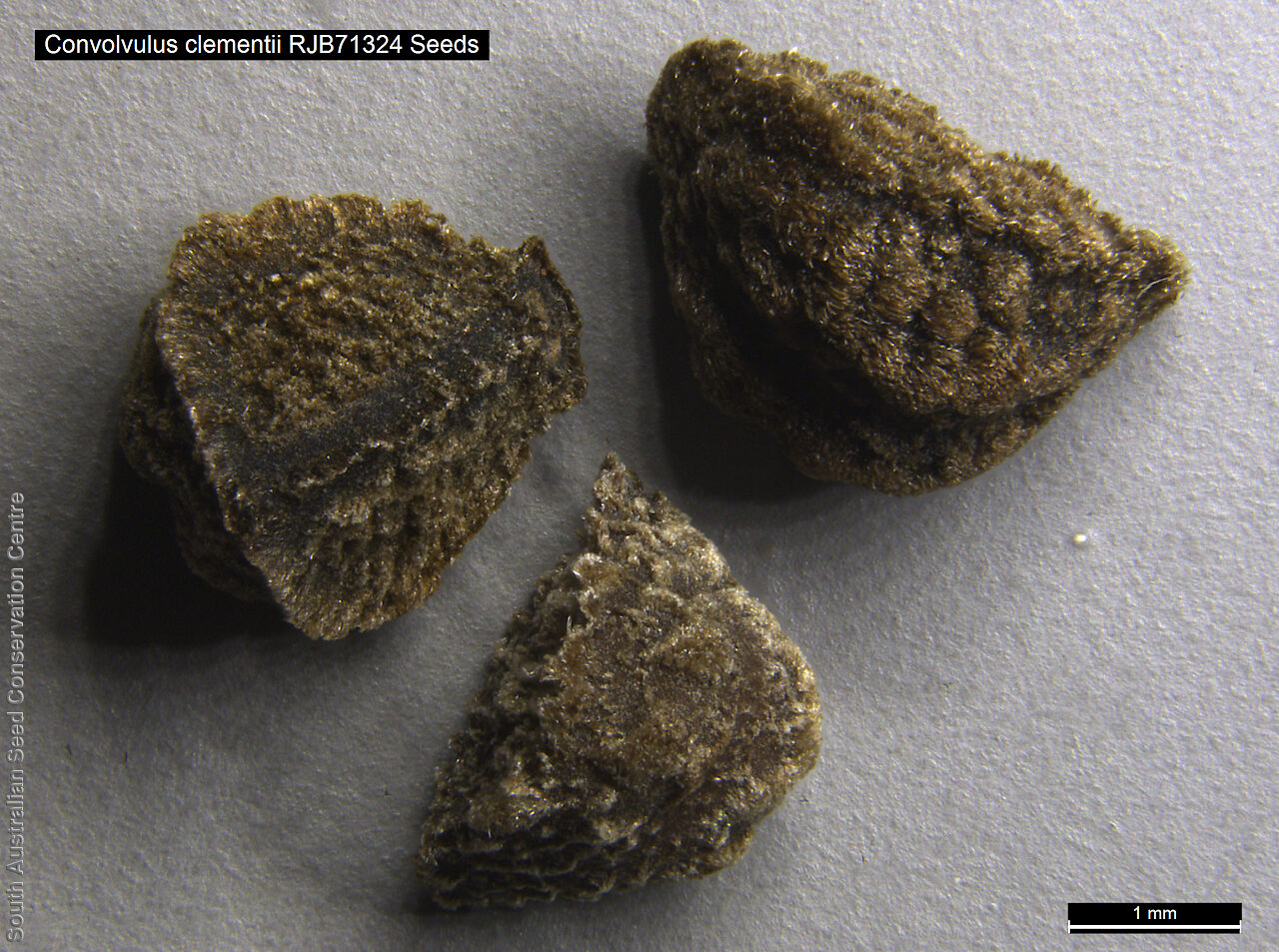


Botanical art
Prior names
Convolvulus erubescens, partly
Common names
Desert Bindweed
Etymology
Convolvulus the Latin name of some bindweed, from 'convolvere' meaning to roll together or entwine. Clementii named after Emile Louis Bruno Clement (1844�1928), a prominent collector of ethnographic artifacts and natural history specimens from north-west Australia and collector of the type specimen, collected from between the Ashburton and De Grey Rivers, Western Australia.
Distribution and status
Found across the northern part of South Australia, growing in grassy woodlands on plains, often in flooded and swampy areas and on clay pans between sand dunes. Also found in all mainland states. Native. Common in South Australia. Rare in Victoria. Common in the other states.
Herbarium regions: North Western, Lake Eyre, Nullarbor, Gairdner-Torrens, Flinders Ranges, Eastern, Eyre Peninsula, Northern Lofty, Murray
AVH map: SA distribution map (external link)
Plant description
Perennial herb with trailing and twining branches with terete and hairy stems. Leaves variable in shape from base to tip of stem. Basal leaves oblong to ovate, margins entire and base truncate to cordate. Upper leaves ovate in outline, to 60 mm long and 20 mm wide, apex obtuse to rounded with a small mucro, margins deeply lobed with narrow basal lobes that have secondary recurved lobes, ascending lobes conspicuous, sparsely to moderately hairy. Flower-spike with 1�2 funnel-shaped, white to pink flowers. Flowering predominantly from late winter to early spring but may be seen throughout the year. Fruits are light brown papery, globular capsule to 6 mm diameter, glabrous. Seeds are dark brown to grey secteroid seed to 3 mm long, surface rugose and covered in hairs. Seed embryo type is folded.
Seed collection and propagation
Collect seeds between January and December. Collect capsules that are maturing, turning brown and contain hard seeds inside. Capsules can be opened or unopened and some seed can be collected from the ground under the plant. Place the capsules in a tray and leave to dry for one to two weeks. Then rub the capsules gently by hand or with a rubber bung to dislodge the seeds. Use a sieve to separate the unwanted material. Store the seeds with a desiccant such as dried silica beads or dry rice, in an air tight container in a cool and dry place. From one collection, the seed viability was high, at 95%. This species has physical dormancy that needs to be overcome for the seed to germinate (e.g. nicking the seed coat).
| Location | No. of seeds (weight grams) | Number of plants | Date collected | Collection number Collection location | Date stored | % Viability | Storage temperature |
|---|---|---|---|---|---|---|---|
| BGA | 8,000 (50.42 g) | 50 | 4-Apr-2007 | RJB71324 Eastern | 19-Sep-2008 | 95% | -18°C |
Number of plants: This is the number of plants from which the seeds were collected.
Collection location: The Herbarium of South Australia's region name.
% Viability: Percentage of filled healthy seeds determined by a cut test or x-ray.